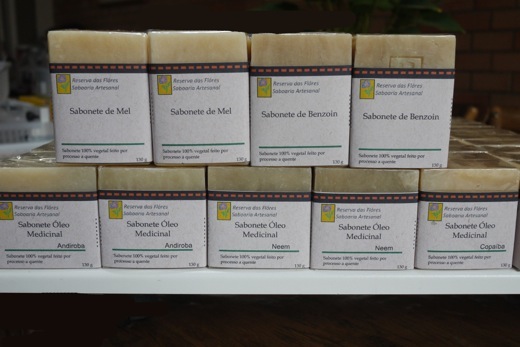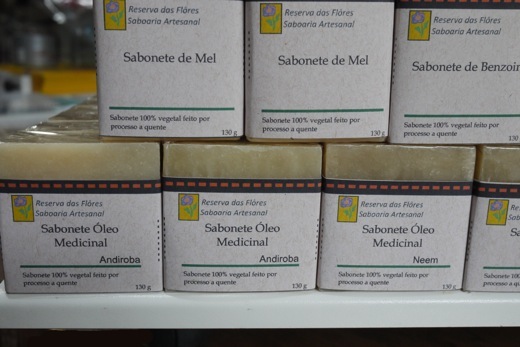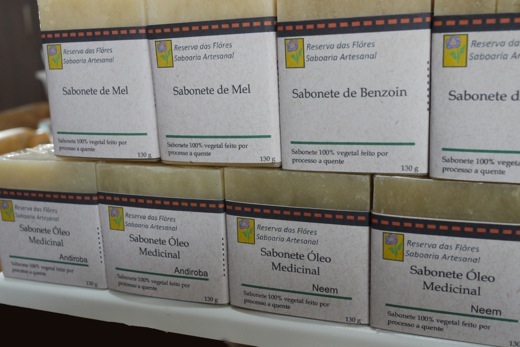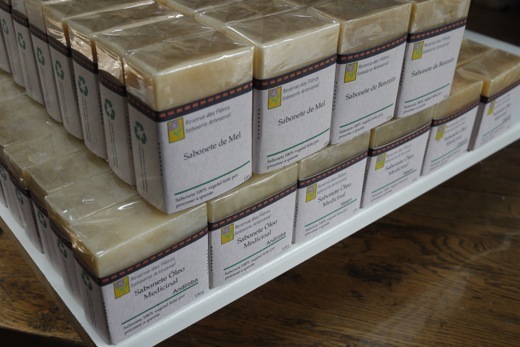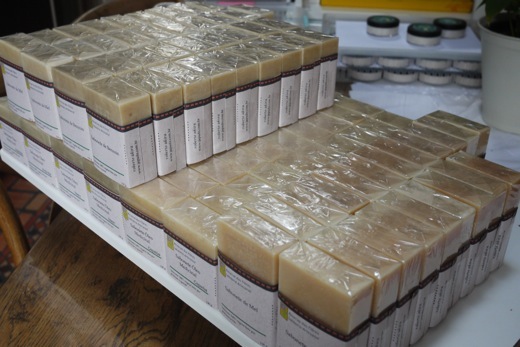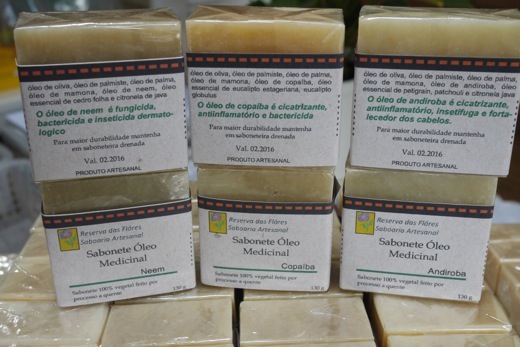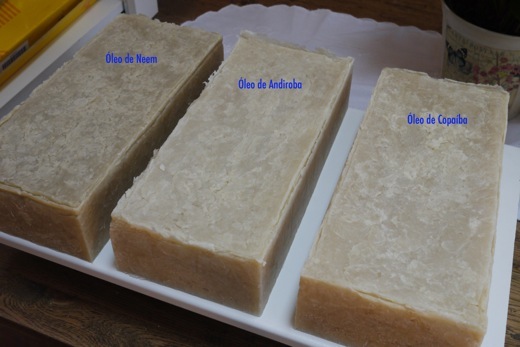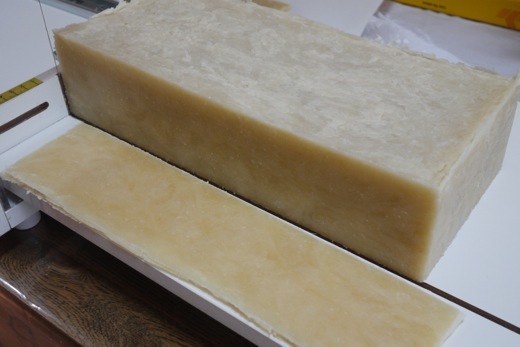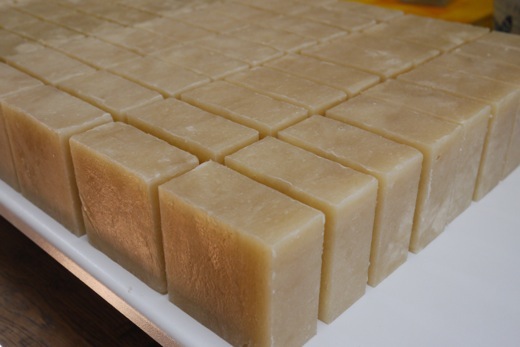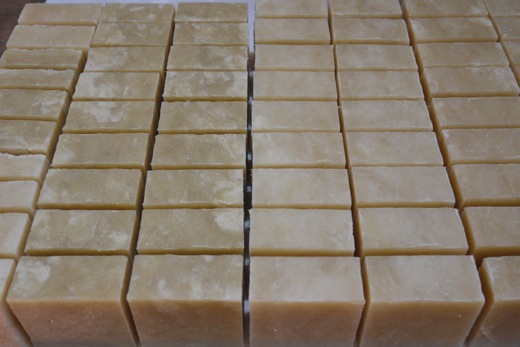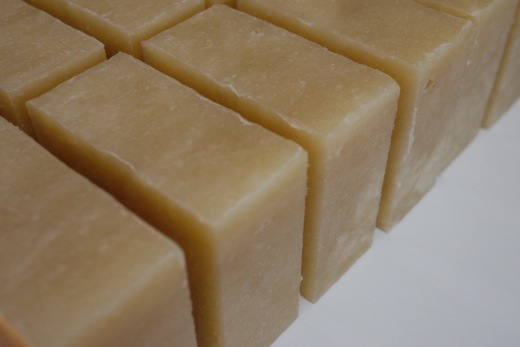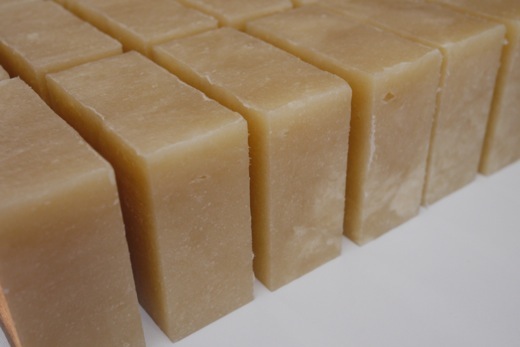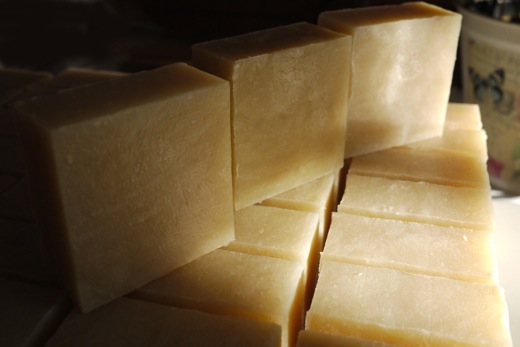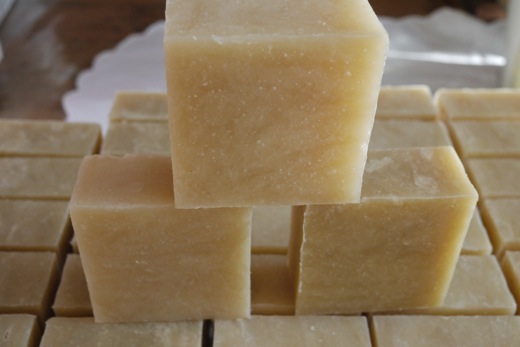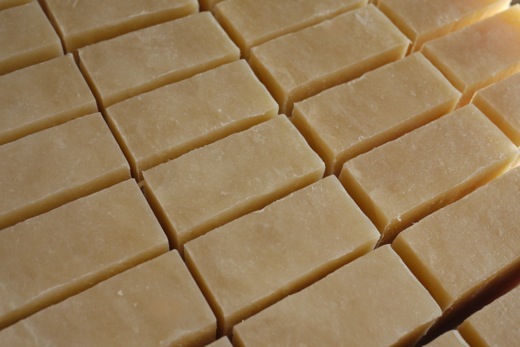Arquivos da Categoria: neem olis
Healing soaps – neem, andiroba and copaíba oils
The cold saponification, the cold process, is a simple and easy way to make soap, but it has its drawbacks. The incorporation of the additives, flavorings and active can only be done in the presence of caustic soda, i.e., all these components are present in the reaction environment of saponification of oils. This environment of strong alkalinity spares almost nothing, literally destroys many active principles of many components.
There is a mistaken belief that the addition of the active at trace preserves this active from lye attack because in most trace lye has been consumed. Cheating in trace only about 10% of lye was consumed to form the emulsion (trace), the rest is still there and will react the same way. The concept of superfatting (SF) is also mistaken when they think that particular oil usually a noble oil will stay intact inside the soap. What happens if there is an excess of oil (or lye reducyion) which is the end of the saponification will be a mixture of oils that are part of the composition of oils of the formula and not the one that was added in the given trace.

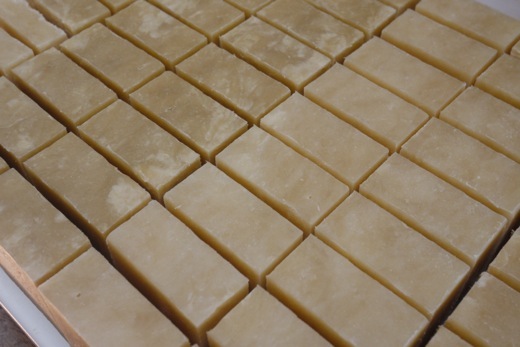 Thus is pretty pointless proclaim certain sayings of effectiveness, for example, therapeutic soaps made with medicinal oils like Neem oil made by cold process. Components of Neem after saponification not already exists, will exist sodium salts of palmitic, stearic, oleic and linoleic fatty acid, almost invariable composition of vegetable oils. One might argue, for example in this case Neem that certain components do not react with soda and remain intact but it lacks scientific evidence, whether because the unsaponifiable Neem is zero.
Thus is pretty pointless proclaim certain sayings of effectiveness, for example, therapeutic soaps made with medicinal oils like Neem oil made by cold process. Components of Neem after saponification not already exists, will exist sodium salts of palmitic, stearic, oleic and linoleic fatty acid, almost invariable composition of vegetable oils. One might argue, for example in this case Neem that certain components do not react with soda and remain intact but it lacks scientific evidence, whether because the unsaponifiable Neem is zero.
The best way in such cases is to change the process of cold process for hot process. In the hot process of adding assets is made at the end of the hot saponification which fully preserves the components.
That’s what was done with these three healing soaps with medicated oils – Neem (Azadirachta indica), Andiroba (carapa guianensis, Meliaceae) and Copaíba (Copaifera spp., Leguminosas)
The basic formula is: olive / palm kernel / palm / castor – 45/25/25/5 a zero SF, lye concentration of 30% and 7% o/o of medicinal oils. Aroma, Neem – leaf cedar and citronella, Andiroba – citronella, patchouli and petigrain and Copaiba – estageriana Eucalyptus globulus and Eucalyptus
The therapeutic properties of these oils are: Neeem oil – antifungus, antibacterial, antiviral and dermatological insecticide
Andiroba oil – anti-inflammatory, healing and antibugs, strengthener of the hair Copaiba Resin Oil – anti-inflammatory, healing, antibacterial
The process used was the Hot Process with Continuous Stirring – HPCS.


